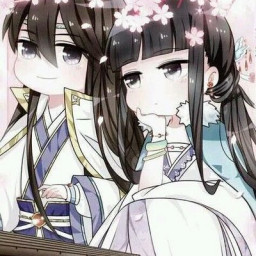Read the following passage on transport, and mark the letter A, B, C, or D on your answer sheet to indicate the correct answer to each of the questions from 43 to 50.
The Sun today is a yellow dwarf star. It is fueled by thermonuclear reactions near its center that convert hydrogen to helium. The Sun has existed in its present state for about four billion six hundred million years and is thousands of times larger than the Earth.
By studying other stars, astronomers can predict what the rest of the Sun’s life will be like. About five billion years from now, the core of the Sun will shrink and become hotter. The surface temperature will fall. The higher temperature of the center will increase the rate of thermonuclear reactions. The outer regions of the Sun will expand approximately 35 million miles, about the distance to Mercury, which is the closest planet to the Sun. The Sun will then be a red giant star. Temperatures on the Earth will become too high for life to exist.
Once the Sun has used up its thermonuclear energy as a red giant, it will begin to shrink. After it shrinks to the size of the Earth, it will become a white dwarf star. The Sun may throw off huge amounts of gases in violent eruptions called nova explosions as it changes from a red giant to a white dwarf.
After billions of years as a white dwarf, the Sun will have used up all its fuel and will have lost its heat. Such a star is called a black dwarf. After the Sun has become a black dwarf, the Earth will be dark and cold. If any atmosphere remains there, it will have frozen over the Earth’s surface.
It can be inferred from the passage that the Sun ___.
A. has been in existence for 10 billion years
B. is approximately halfway through its life as a yellow dwarf
C. will continue to be a yellow dwarf for another 10 billion years
D. is rapidly changing in size and brightness













